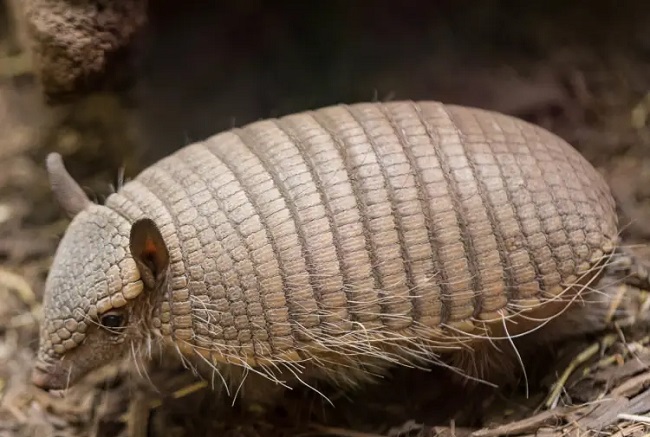Armadillos, with their distinctive armor-like shells and unique behaviors, can undoubtedly pique the interest of exotic Pet enthusiasts. However, owning an armadillo as a Pet is not as straightforward as it may seem.
This article offers a comprehensive overview of the realities, challenges, and rewards of keeping an armadillo as a Pet.

Understanding the Armadillo: Natural Behavior and Habitat
Armadillos are predominantly found in South and Central America, with one species, the Nine-Banded Armadillo, extending into the United States.
They are primarily nocturnal and are known for their digging habits, burrowing into the ground for shelter and to find food, which primarily consists of insects and small invertebrates.
Read Also:
Armadillos as Pets: Key Considerations
Before you consider bringing an armadillo into your home, it’s essential to understand the challenges and responsibilities involved.
1. Legal Implications
In many regions, it’s illegal to own an armadillo as a Pet. Before considering adoption, ensure to check with local wildlife authorities or fish and game departments about the laws in your area.
2. Housing and Environment
Armadillos require ample space to dig and burrow. A small enclosure can lead to stress and unhealthy behavior. They also need a controlled environment, as they do not fare well in cold temperatures.
3. Diet and Health
Feeding a Pet armadillo can be a challenge, as their diet in the wild is diverse. Replicating this in a domestic setting can be tricky. Additionally, Armadillos can carry diseases like leprosy that can potentially be transferred to humans.
4. Lifespan and Commitment
Armadillos have a lifespan of 12-15 years in captivity. Owning an armadillo is a long-term commitment, requiring consistent care and attention.
Popular Pet Armadillo Species
While many species of Armadillos exist, two types are often cited as potential Pets:
1. Three-Banded Armadillo
The Three-Banded Armadillo is one of the smallest species and is known for its ability to curl into a complete ball when threatened.
2. Nine-Banded Armadillo
The Nine-Banded Armadillo is the only species found in the United States. They are larger than the three-banded variety and are known for their leaping defense mechanism.
Read Also:
Conclusion
While the idea of a Pet armadillo might be intriguing, it’s crucial to remember that they are wild animals with specific needs that can be challenging to meet in a domestic setting. It’s also essential to consider the potential legal and health implications.
Armadillos are fascinating creatures that play important roles in their ecosystems. As such, they often fare best in their natural habitats. If you’re drawn to these unique animals, consider supporting conservation efforts that protect Armadillos and their environments.
By doing so, we can help ensure these remarkable creatures continue to thrive and enchant future generations. In essence, keeping an armadillo as a Pet can be a demanding endeavor, fraught with challenges ranging from legal to environmental, dietary, and health concerns.
It requires a deep understanding of the animal’s needs, a suitable living environment, and a long-term commitment. It’s always wise to thoroughly research and consider these aspects before embarking on the journey of exotic Pet ownership.
























